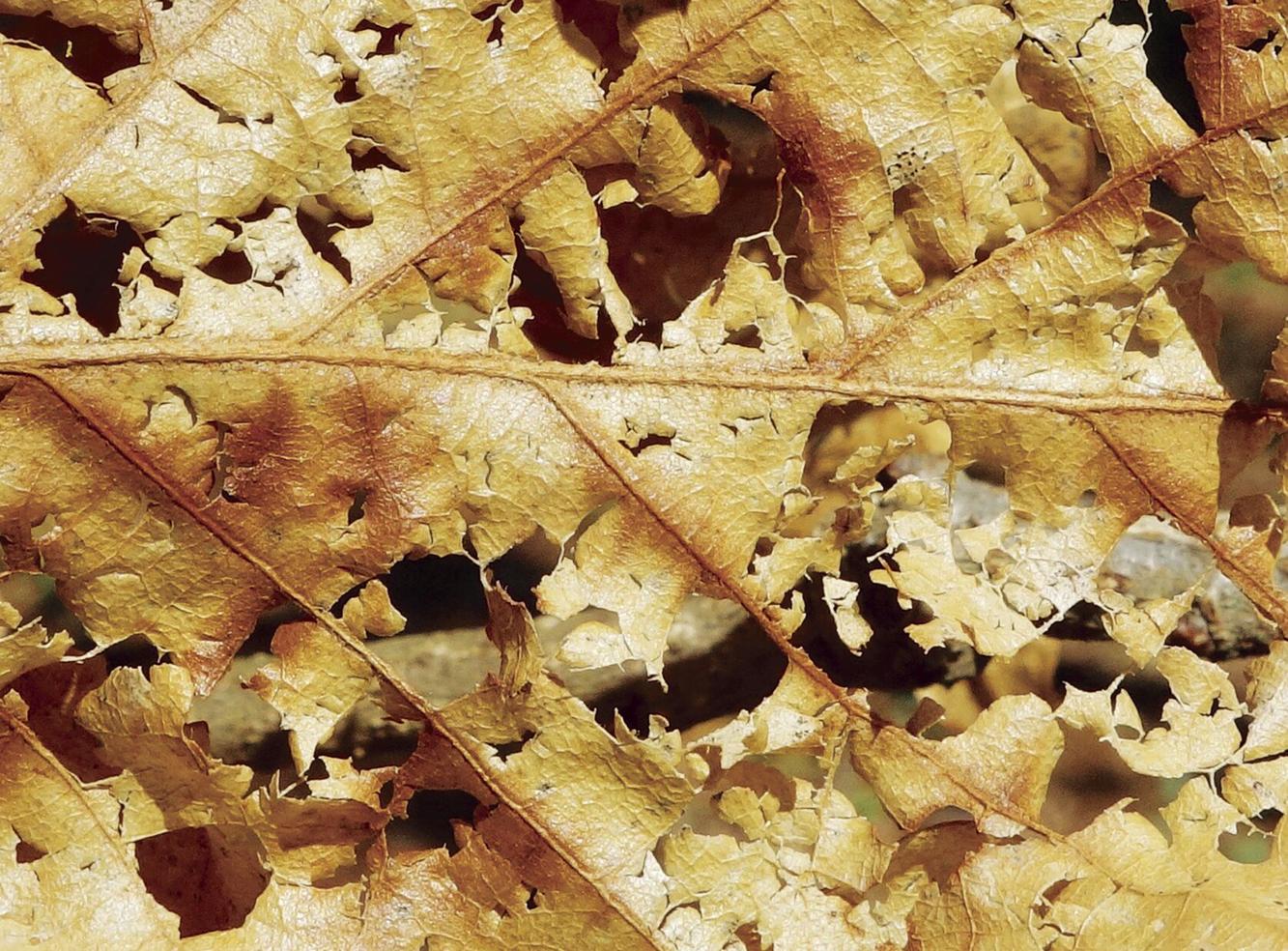Second Fall, Now That Spring Is Here

By Conservation Easement Manager, Torry Nergart.
North Carolina has a high diversity of beautiful places- sand strands to pine stands to the best part of the state, the mountains. Just like the terrain, the mountain weather and the climate has lots of ups and downs, leaving some to declare we have in actuality, about 12 seasons here. Even now as Spring breaks, the volatility will nearly guarantee another (few) killing frosts before Mother’s Day, the local traditional planting day for tender annual vegetables. So in addition to the Dogwood Winter, Summer Again, Fool’s Spring, do please add a Second Fall to your list.
Who doesn’t love Fall in the mountains? There’s no way to avoid Nature’s spectacle then, Technicolor can’t mimic the vibrancy. In fact, it seems like sometimes we have to have such a spectacle to knock us out of our routines, to keep us from taking any one thing too seriously. And so a closer look can provide many more opportunities to gawk at Creation’s tableau and get yourself out of the day to day rut. Consider Second Fall! The leaves of several common tree species won’t fall (dehisce, in botany terms) until now, just as the buds begin to break on Beech, Oak, and Hornbeam. I’ve noted during my recent hiking travels through areas with these tree species that the trails are obscured, I’ve seen places hard to tell that a recent controlled burn went through, and observed many an eager herbaceous plant be protected from frost by a layer of Beech leaves. It’s like Fall all over again, finding myself slipping out underneath slick sapling leaves of red Oaks, their leaves having a thick waxy cuticle that reduces friction as my boot tread tries in vain to cling to the steep ground.
It’s also similar to regular Fall in that it’s ephemeral, it won’t last long at all. These leaves are being let go by an intelligent, patient, and active living thing- right when it knows they are needed elsewhere (on the forest floor) to make room for new, green-growing leaves. Or at least, that’s the theory us humans have come up with. We’ve even made an English word for the phenomenon: Marcescence, the withering and persistence of plant parts that would normally shed. It’s also thought that the phenomenon is an adaptation against herbivory, from a lost time when Elk and Bison were yet to be extirpated from here. Another thought is that the longer exposure to more sunlight advances the composting process, making the soil around the tree richer while giving it a good Spring mulching. Also posited is the persistent leaves act as a trap and ultimately a funnel for snow-melt. Ultimately us humans will never really know for sure why certain trees don’t lose their leaves this time of year, trust me I’ve asked them. But it works for them, and as long as anthropomorphic climate change, reintroduction of large charismatic herbivorous mammals, wetlands restoration, arrest of low density suburban sprawl, and land protection of our defragmented landscape can be positively affected across the state, we’ll all get to enjoy these seasonal, fleeting beauties.